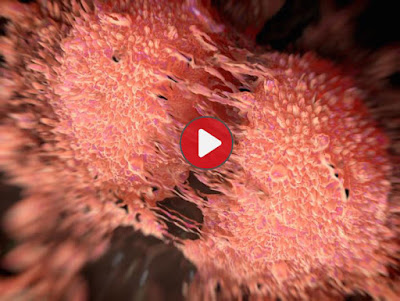Coronary artery disease is the leading global cause of mortality. Long recognized to be heritable, recent advances have started to unravel the genetic architecture of the disease. Common variant association studies have linked approximately 60 genetic loci to coronary risk. Large-scale gene sequencing efforts and functional studies have facilitated a better understanding of causal risk factors, elucidated underlying biology and informed the development of new therapeutics. Moving forwards, genetic testing could enable precision medicine approaches by identifying subgroups of patients at increased risk of coronary artery disease or those with a specific driving pathophysiology in whom a therapeutic or preventive approach would be most useful.

- Coronary artery disease is a heritable disorder that remains the leading cause of global mortality despite advances in treatment and prevention strategies. Human genetics studies have started to unravel the genetic underpinnings of this disorder.
- Gene discovery efforts have rapidly transitioned from family-based studies (for example, those that led to the discovery of familial hypercholesterolaemia) to large cohorts that facilitate both common and rare variant association studies.
- Common variant association studies have confirmed ∼60 genetic loci with a robust association with coronary disease, the majority of which are of modest effect size and in non-coding regions. Rare variant association studies have linked inactivating mutations in at least nine genes with risk of coronary artery disease.
- Human genetics and large-scale biobanks can facilitate drug development for coronary artery disease by highlighting causal biology and helping to understand the phenotypic consequences of lifelong deficiency of a given protein.
- Genomic medicine may provide patients and their health care providers with genetic data that will aid in coronary artery disease prevention and treatment.
- Genome editing to introduce mutations that are protective against coronary artery disease into the population could prove curative with a one-time injection, although substantial additional work is needed to confirm efficacy and safety, and to address the underlying ethics.
Observational epidemiology and translational research efforts have led to significant progress in improving the understanding of the pathophysiology underlying coronary artery disease (CAD). Prevention and treatment strategies developed on the basis of this knowledge led to a >50% decrease in age-adjusted CAD mortality rate in the United States between 1980 and 2000. However, despite these advances, CAD remains the leading global cause of mortality. Current predictions estimate that more than 900,000 individuals in the United States will suffer a myocardial infarction (heart attack) or die of CAD this year.
This review outlines research efforts to understand the genetic drivers of CAD, the role of human genetics in catalysing CAD drug discovery efforts and the promises and challenges of integrating genetic information into routine clinical practice.











